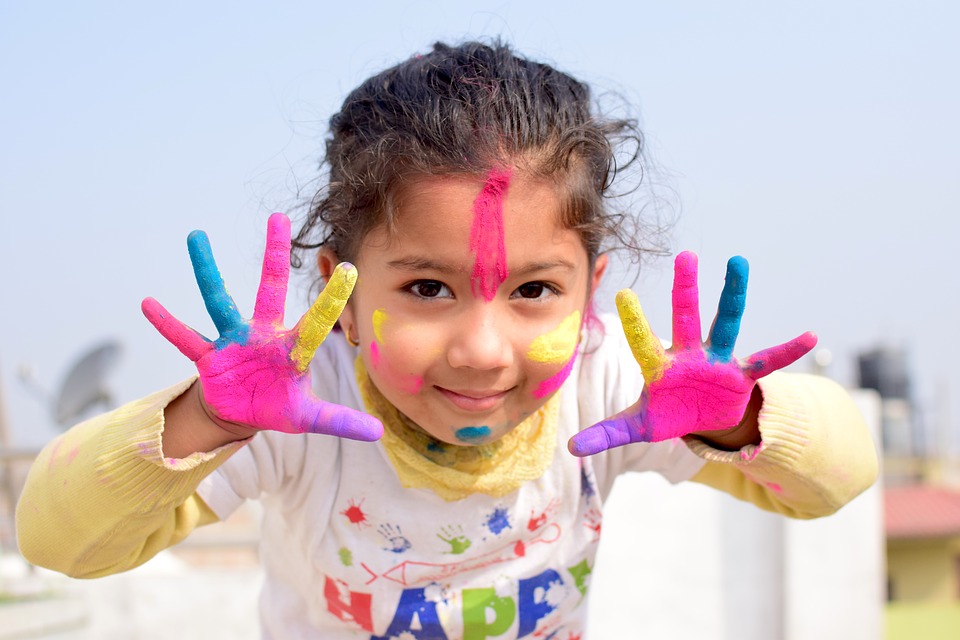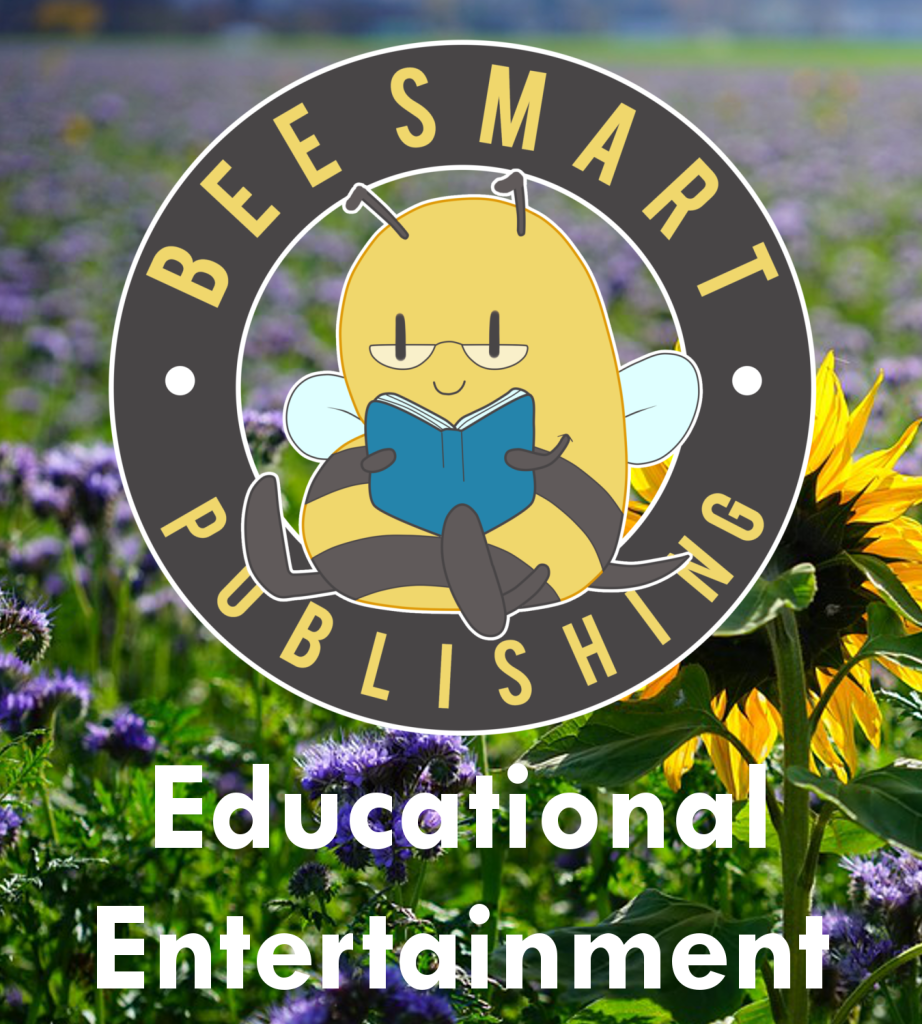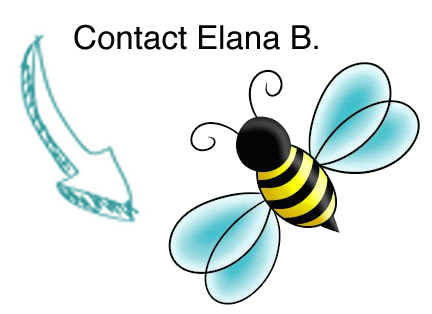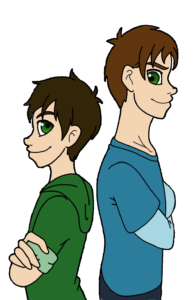Hello again! We have another fascinating guest post from our friend Crista Nezhni about the truth behind a prevalent health concern. Check it out below:
Can Artificial Food Dyes And Additives Affect Your Little One’s Behaviors and Increase the Chances of ADHD?

We each have heard a child state they want a certain food or toy due to its color. Typically, red or bright yellow coloring that is added to condiments, processed foods, and drinks are created chemically. Hence, this probably makes it more appealing to your little one.
These dyes are used to add color to something that otherwise would not have any, to increase the intensity of existing color, to prevent loss of color due to environmental factors, or to stabilize the color from dissimilarities within the food. Thankfully, the FDA does control the dyes, as well as the labeling of them. They report that they do not support additives if they can be proven to cause harm.
There is no direct cause of mental health conditions, such as attention deficit disorder, from artificial food dyes. However, there is a correlation that has been found between the two according to reputable health information resources. After all, nutrient levels can play into the behaviors your child exhibits. Just like other legal substances, such as caffeine and sugar, our moods and behaviors may be altered upon ingesting food additives.

Red food dye # 40 is the most commonly associated additive correlated with ADHD. There are studies that demonstrate that the Feingold diet can decrease hyperactivity, though most have not been conclusive or do not show a positive effect from these changes in eating. This diet prohibits various non-natural colors and tastes, aspartame, 3 different petroleum-based additives, and some salicylates.
What Is ADHD?
Unfortunately, today’s society claims almost any little behavior that indicates a child is being a kid means that they have Attention Deficit Hyperactivity Disorder. Many individuals do not account for the fact that children have more energy than adults, nor that the kid may have just ate a full bag of candy. We do not always think about the role hormones play on our teenager’s emotions and behaviors.
The diagnosis of ADHD can be found through psychological testing completed by a professional. The DSM 5 explores what symptoms constitute for this diagnosis.
Here are some of the symptoms that relate to inattention:
- Missing details or thoughtless slip-ups within educational or occupational endeavors.
- Difficulty paying attention to tasks, even when playing.
- Does not appear to pay attention regardless of if the person is speaking directly to them.
- Does not complete tasks or does not follow directions for the identified task.
- Difficulty with organization.
- Frequently avoids responsibility, voices disdain, or is unwilling to do tasks that require thinking for long periods of time. This is often seen with homework.
- Misplaces needed objects, such as pencils, papers, or phones.
- Frequently forgets things or is unfocused and sidetracked.
And here are some related to hyperactivity:
- Restlessness (non-anxiety provoked) and trouble sitting still.
- Untimely running or climbing. Difficulty playing quietly when directed to.
- Described as being “driven by a motor”.
- Speaking extremely loudly. Trouble waiting for his or her turn to speak, often before someone finishes their question. May intrude on other’s discussions or play time.
- Trouble waiting for his or her turn.
These symptoms have specific criteria that must be met and can only be diagnosed by a professional with proper training. The skilled individual can aid you in finding the proper treatment for your little one regardless of if there is a diagnosis of ADHD. They can refer you to nutritionists and other doctors who can help.
Crista Nezhni is a Team Member of Kids Creative Exploration, an organization that encourages kids of all ages to express themselves creatively in a safe and positive environment. She also works with children and adults to facilitate natural health practices such as proper nutrition and regular yoga practice.









Pingback: Guest Post: The Power Behind Giving Your Child Choices by Crista Nezhni - Elana B.